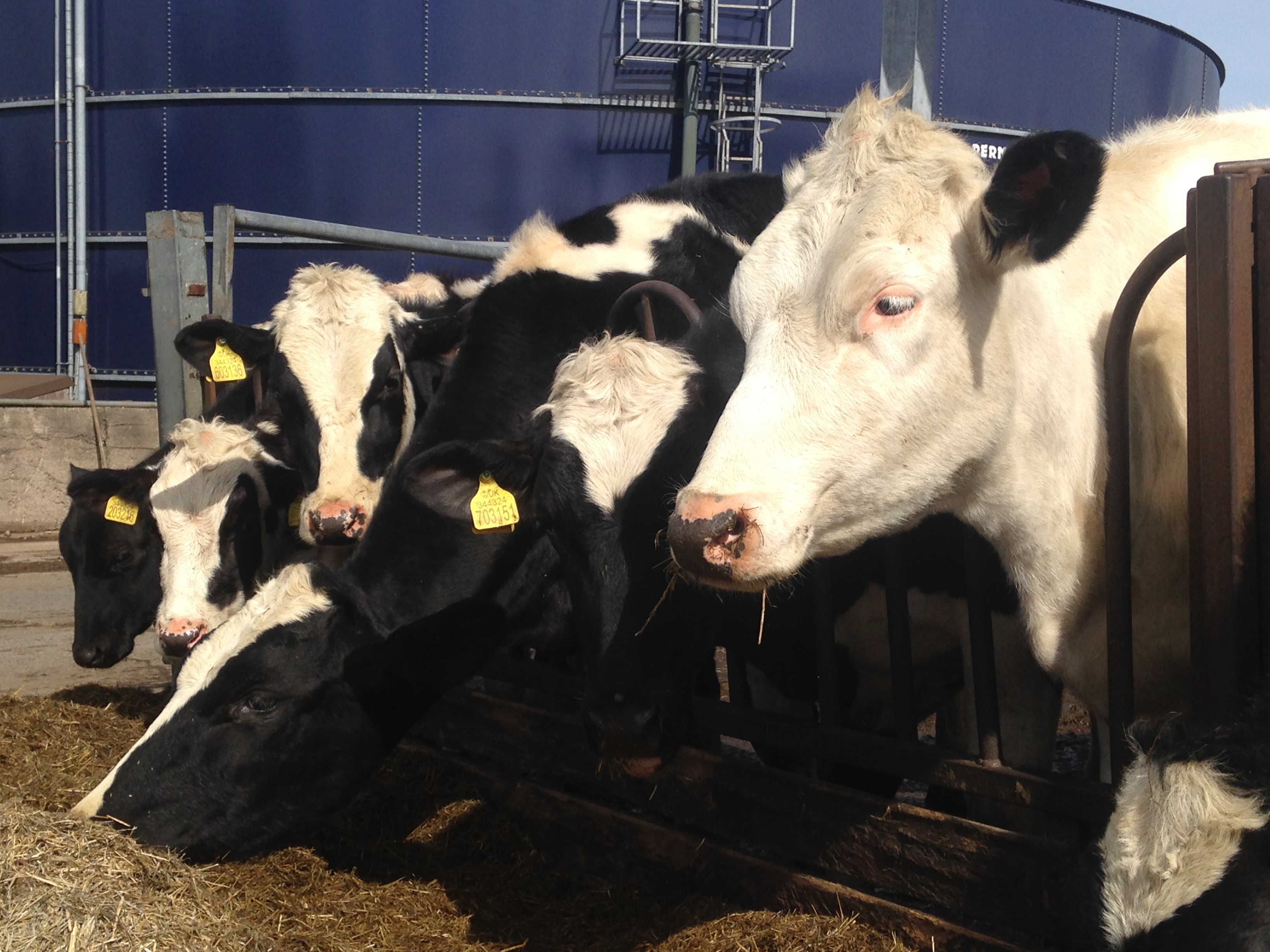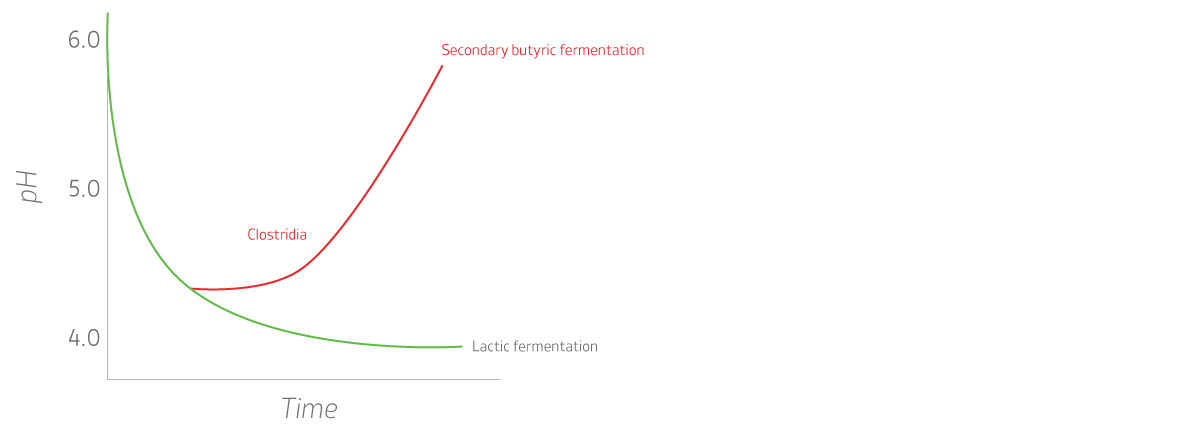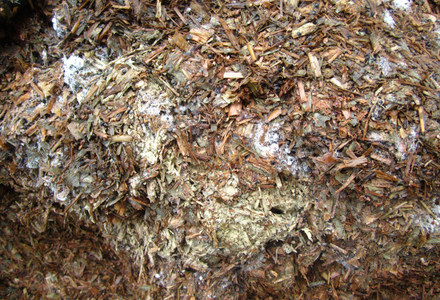What is clostridial secondary fermentation?
This occurs before the silo is opened in the absence of air and when a stable pH value is not achieved initially, often because of insufficient sugars or contamination from soil or slurry.

A particular type of undesirable bacteria (clostridia) convert the lactic acid already produced into butyric acid, a weaker acid, so the pH increases. Some clostridia also break down amino acids, resulting in high ammonia levels and some extremely unpleasant products, eg putrescine and cadaverine. Dry matter losses will be high and the final silage is unpalatable and has a low feed value.


The major influences on clostridial secondary fermentation
- The dry matter/sugar contents of the crop ensiled
- Initial clamp management
- Contamination (soil/slurry)
- Use of an effective additive

